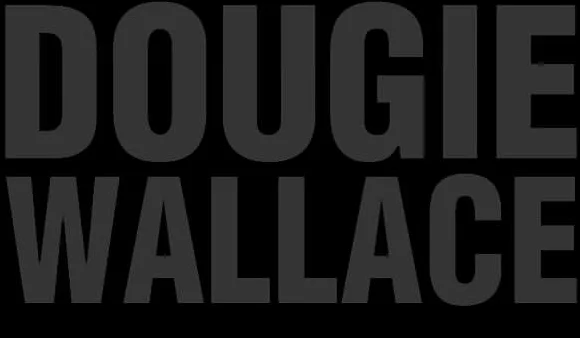As the new normal unfolds under COVID-19 lockdown, Dougie Wallace depicts the changing rules of supermarket shopping etiquette whilst celebrating the unsung heroes of this emerging protocol.
Faced with news headlines that were often confusing, at times fear-mongering, but usually morbid, as the Covid-19 pandemic carved its deadly path of contagion across the world, London-based photographer Dougie Wallace set out to document in his distinctive style the “only show in town” – shopping for food. As supermarket shopping becomes the main focus of social life, he catches the moods and fashions, with seasons changing from totally Baltic through to what they call in Glasgow 'Taps-Aff ' weather.
The ‘Saturday shop’, the weekly routine for most working individuals and families only a few weeks ago, feels like ancient history. As the new normal set in, it created a huge chasm between the new reality and life BC (Before Corona).
“Initially, confused and frightened shoppers cleared the supermarket shelves of anything they could get their hands on, but now the panic has settled down to a regimented orderliness, where customers wait patiently to enter the shops, killing time by staring into their mobiles or reading newspapers and books”, says Wallace.
“White-collar workers dress down, their professions allowing them to work from the comfort of their homes, but the rebels dress up in an effort to defy often-arbitrary restrictions. Meanwhile, supermarket employees soldier on, keeping things moving, at great personal risk from the Covid-19 virus that threatens with every intake of breath”.
The humble face mask has become the symbol of the crisis. Wearing masks should have been recommended for all, and compulsory for the most vulnerable. Instead, the utilitarian stock of medical-grade disposables and painter’s masks quickly ran out due to the UK government’s unpreparedness for the pandemic and the resulting fear of stock depletion of medical masks for frontline workers. It seems that one of the wealthiest and most powerful countries in the world could not provide protective equipment for those whose jobs involve saving lives.
So people made do with what was readily at hand and made their own. Some home-made masks are simply functional, following online advice showing how to make them from such unlikely material as J- Cloth and rubber bands (“preferably hair bands”), handkerchiefs, T-shirts, and even socks. Others are more inventive – ranging from artistic and homely to, well, bonkers – heavy-duty industrial masks, paper bags, and motorcycle crash helmets, the wearing of which would have been enough reason for cautious shop managers to call out the cops just a few months ago.
Although – as the politicians are so keen to tell us – we are “all in this together”, the real heroes of this story are the supermarket staff: uniformed security guards control shop entrances on a one-in, one-out basis, as in night- clubs. Checkout staff, directly facing customers, each a potential carrier of this deadly disease, are on the frontline, with floor staff helping customers trying to observe the newly imposed two-trolley-width distancing rules – which is all but impossible when stocking shelves in the narrow aisles of a Tesco Metro. Employers, who initially seemed reluctant to provide personal protective equipment (PPE) for shop floor staff (rumour had it, for fear of customers finding them unsettling), gave in and introduced safety measures. A new barricaded shopping landscape emerged, with plexiglass partitions – or “sneeze screens” - for checkout lanes and branded uniforms, aprons and T-shirts, all blasted with slogans such as “Please keep 2 metres-apart”. However, unlike shoppers, who are encouraged to be expedient with their shopping trip, staff, if they are to work, have no choice but to spend eight hours or so a day trying to breathe damp, exhaled air through fabric.
Wallace says, “Because of the strict new laws on movement, I’m really only allowed to go to the shops in the area I live in Islington, and Sainsbury’s Whitechapel Super Store, where I shop for my mum.
“Street photography”, he adds, “can be challenging at any time, but navigating through the health warnings of two-metre distance-keeping makes the challenge of getting a good shot even greater.
“‘I’m shooting with my Olympus EM1 Mark 3, which is small, fast and light. The secret is to avoid eye contact and the giveaway of looking at the back of the camera.
“Even shooting every day, it’s still counter-intuitive which, I tell myself, explains why I dropped my flash during my first outing.
“Add to this there’s the professional hazard of holding a camera close to my face while trying not to touch my eyes or mouth, and remembering to regularly sanitise my hands and equipment. Documenting life in the presence of this invisible enemy is perilous work, but we’re all learning how to do this new thing together”.
